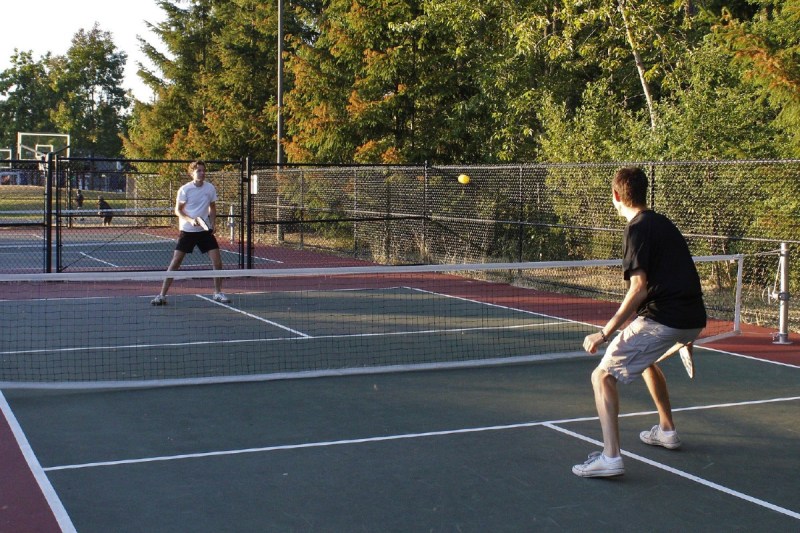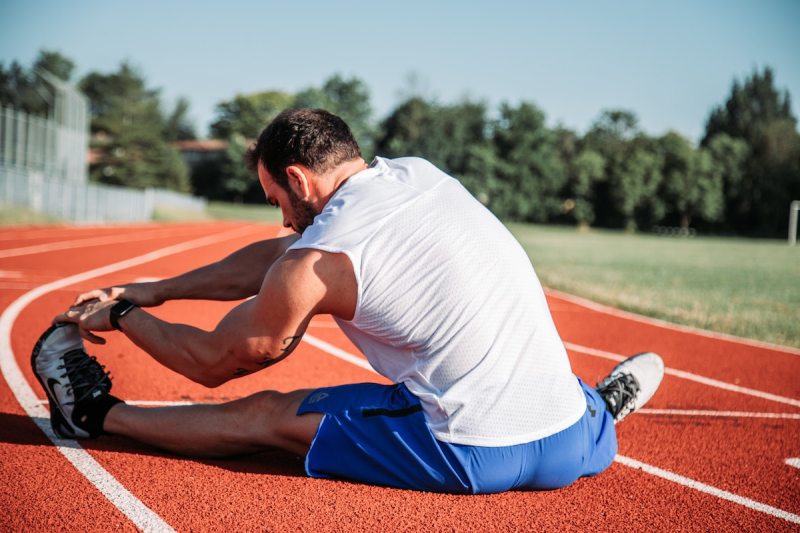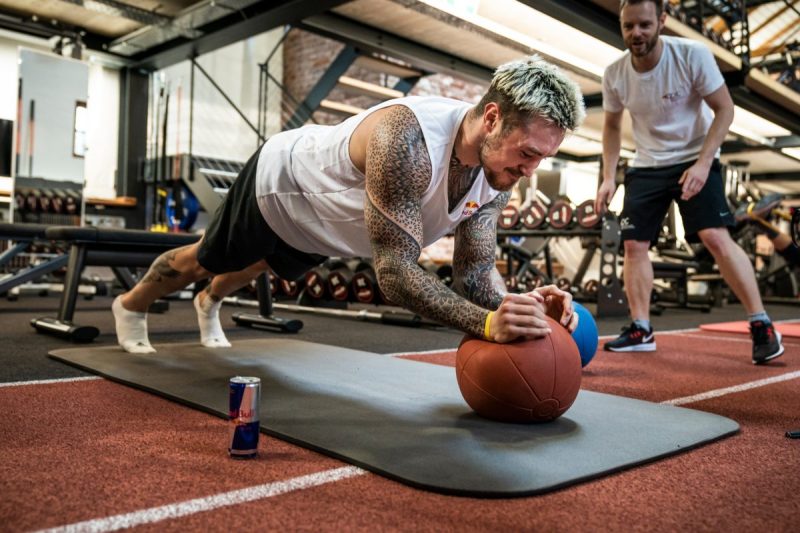Pickleball is America’s favorite emerging recreational sport at the moment. The game that was first developed on Washington’s Bainbridge Island in 1965 is taking the country by storm for its ease of access, fun, quick action, and social attraction.
What’s lost in the hype, however, is that the sport is leading to numerous injuries. An analysis of pickleball-related injuries using data from the National Electronic Injury Surveillance System of the U.S. Consumer Product Safety Commission found the annual estimated number of injuries rising precipitously from 2013 to 2017.

How are people getting injured playing pickleball?
Even though the court is much smaller, and requires much less ground to cover, numbers show that pickleball-related emergency room visits are quickly catching up tennis-related traumas, especially for seniors. Using data from 2001 to 2019 (as reported by the NEISS), analysts found a weighted total of 28,984 pickleball injuries as compared with 58,836 tennis injuries.
“Although pickleball-related injuries have many similarities with those associated with other racquet sports, there were various differences (e.g., increasing trend and older patient age) that may need to be considered for the prevention and management of injuries related to the sport,” concluded the article.
This was especially true for seniors as 85% of medical stresses occurred in people over 60. Still, all players risk any number of athletic impairments including ankle sprains, muscle strains, tendon pulls/tears, shoulder problems, rotator cuff injuries, and lower back problems such as disc injuries and strains.
No need to stress, though. The Manual is here with a guide on how to prevent devastating pickleball injuries.
How to prevent pickleball injuries
1. Aerobic exercise
Any sport that you play, you’re going to want to support that condition with cross-training. The United States Office of Disease Prevention and Health Promotion recommends 150 minutes of moderate-intensity aerobic physical activity per week. High-impact cardiovascular exercise includes running, jogging, and sports like basketball, or skiing. While these will work wonders for physical shape, they can be hard on limbs and joints. Lower impact activities such as biking, elliptical machines, pool walking, or swimming can promote fitness with less destructive contact with the ground and other bodies.
2. Sleep well

Sleep is key to mental and physical recovery.
The ODPHP’s Physical Activity Guidelines note that “moderate to vigorous activity improves the quality of sleep in adults.”
You break your body down with activity, which leads to improved physical conditioning and a mental calm that encourages healthy, healing sleep. It’s a beautiful system.
For optimal health, the American Academy of Sleep Medicine and Sleep Research contends that adults should get at least seven hours of sleep. This varies, of course, from person to person and according to the sleeper’s age, but the body will rest as it should as long as you keep a regular schedule of proper diet and exercise. In turn, you’ll be actively promoting quicker recovery, better blood flow, and improved focus, all from under the covers.
3. Warm-up and stretch
Warming up is an obvious preventative step. At the same time, it can be a big pain in the butt.
Everybody remembers those half-hearted first 10 minutes of gym class and/or practice, lackadaisically limbering body parts before the real play could begin. Dedicate yourself to active stretching, and you can flip that half-assed practice and not only help avert injury, but improve performance.

Elite movement coaches have found increased athletic achievement in concert with fewer injuries with targeted, non-repetitive, and dynamic stretching before, during, and after workouts. Straining muscles by elongating instead of flexing will have the same effect: you’ll get better movement and stronger, more defined musculature.
In turn, this can level up your pickleball game. A broad 2010 comprehensive analysis found that warming-up enhanced athletic execution in 79 percent of the criteria examined over several studies.
4. Strengthen the core
Core muscles — your abs, inner and outer obliques, the diaphragm on top, and pelvic floor on the bottom — stabilize your body as you bend, stretch, jump, and leap toward, say, yellow Wiffle balls on the pickleball court. It stands to reason that the more control you have over your extremities, the better shape your body is going to be in at the end of the activity.

“Stabilizer, mobilizer, and load transfer core muscles assist in understanding injury risk, assessing core muscle function, and developing injury prevention programs,” a National Library of Medicine paper concluded. “Moderate evidence of alterations in core muscle recruitment and injury risk exists. Exercise programs to improve core stability should focus on muscle activation, neuromuscular control, static stabilization, and dynamic stability.”
Similar to stretching, core workouts not only can help you prevent a strained back or pulled hamstring, but they can also boost your athletic capacity.
5. Play with proper technique
Whacking a plastic ball with a short, wood and graphite paddle might seem easy enough to do without practice, but that repetitive, chaotic motion can take a serious toll, especially if you’re not doing it right.
Tennis elbow — tendinitis that flares up when you don’t warm and swing your arm correctly — can affect pickleball players just as much as their hardcourt brethren. Seeing as tennis elbow can linger for six to 12 months, this is a common injury you’re going to want to avoid. Knowing how to properly swing your paddle is key. For new players, break into the sport easily. It’s no fun waking up with sore elbow tendons that could signal stepping away from the sport for a half or full year.
Mount Sinai Hospital’s orthopedic department suggests “balanc(ing) your body weight without over-extending your arms, legs, or your back. Use proper footwork to help you avoid injuries to the ankle and the Achilles tendon. Play with the proper equipment for your size and ability.”
Take care and have fun
Pickleball, like any sport, can be a blast. Competition fires adrenaline, endorphins, testosterone, and other critical hormones. What’s good for the body is just as good for the mind. There’s no reason to get too excited, though. You’ve got a lifetime to smack balls around. Make sure that you’re prepared and on point to not only prevent injury, but give the game the best you got.



